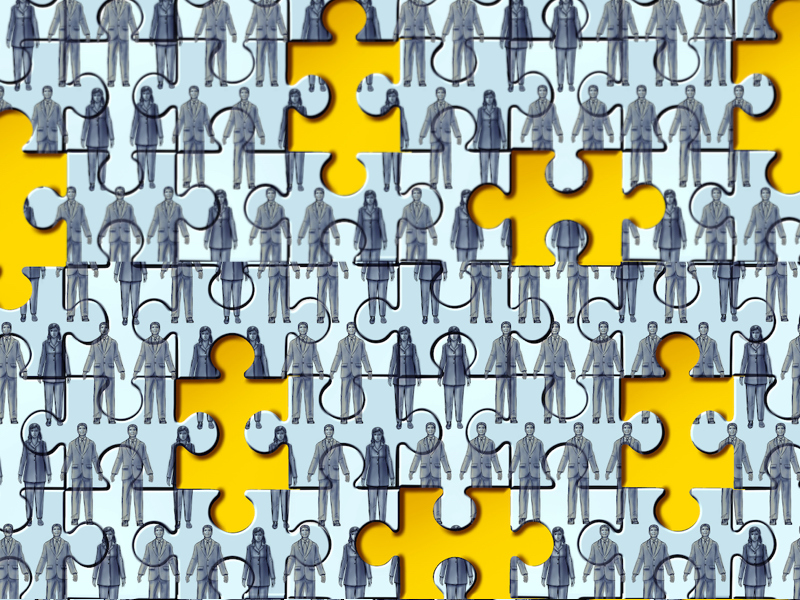
Pay and benefits for America’s workers slowed last quarter, a trend that could affect the Federal Reserve’s decision about when to begin cutting interest rates.
Compensation as measured by the government’s Employment Cost Index rose 0.9% in the October-December quarter, down from a 1.1% increase in the previous quarter, the Labor Department said Wednesday. Compared with the same quarter a year earlier, compensation growth slowed to 4.2% from 4.3%.
The increase in wages and benefits was still mostly healthy, but the slowdown could contribute to the cooling of inflation. The pace of worker compensation plays a big role in businesses’ labor costs. When pay accelerates especially fast, it increases the labor costs of companies, which often respond by raising their prices. This cycle can perpetuate inflation, which the Fed is assessing in deciding when to adjust its influential benchmark rate.
The Federal Reserve considers the ECI one of the most important gauges of wages and benefits because it measures how pay changes for the same sample of jobs. Other measures, such as average hourly pay, can be artificially boosted as a result of, say, widespread layoffs among lower-paid workers.
The Fed is expected to keep its key short-term rate unchanged after its latest policy meeting concludes Wednesday. It may signal, however, that it’s getting closer to cutting its rate later this year.
Growth in pay and benefits, as measured by the ECI, peaked at 5.1% in the fall of 2022. Yet at that time, inflation was rising much faster than it is now, thereby reducing Americans’ overall buying power. The Fed’s goal is to slow inflation so that even smaller pay increases can result in inflation-adjusted income gains.